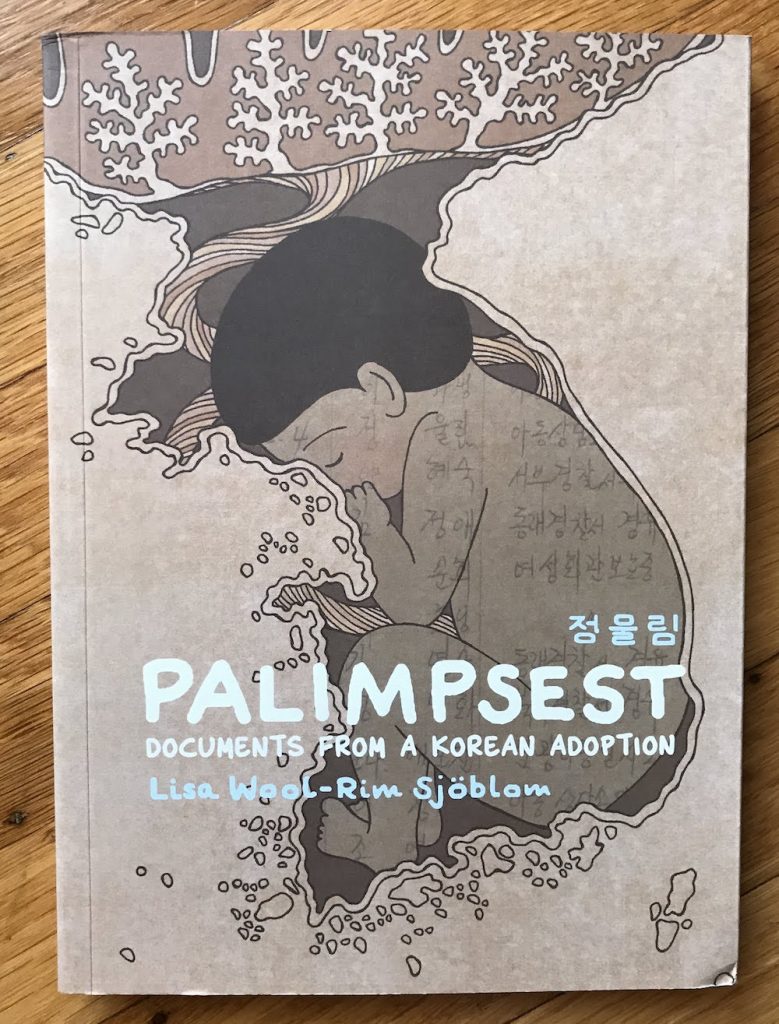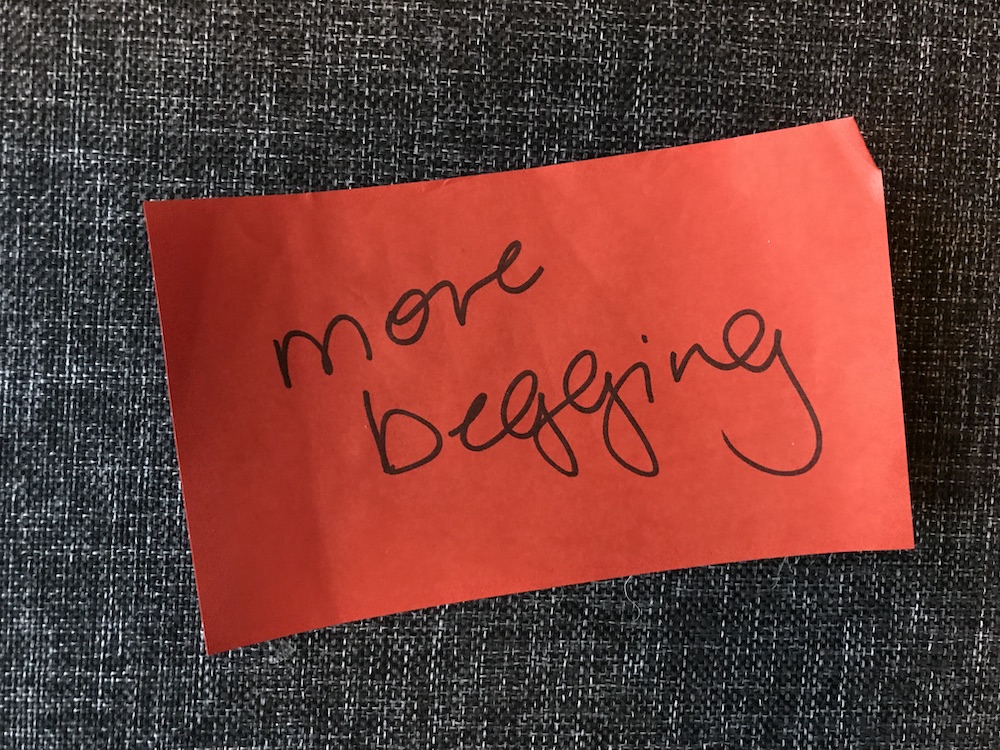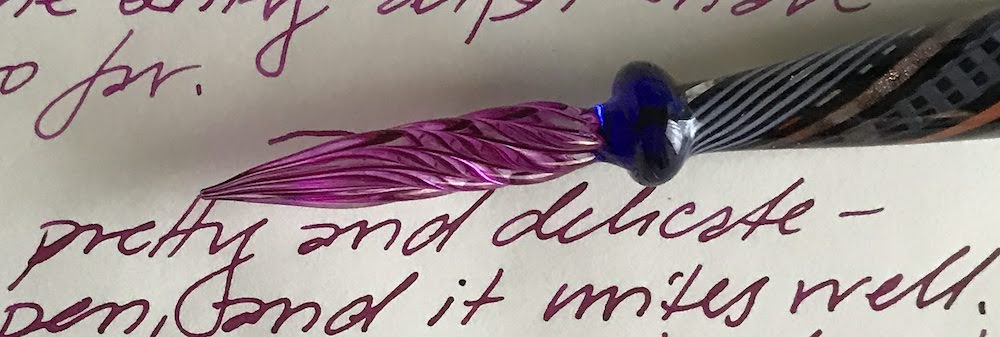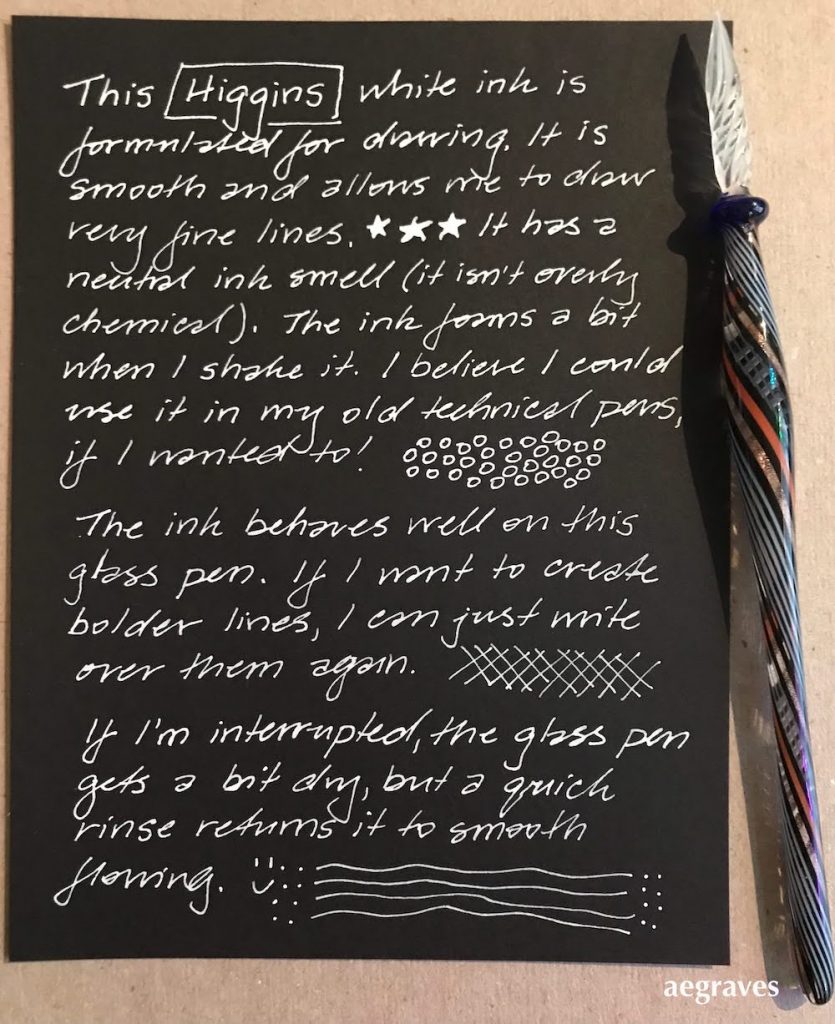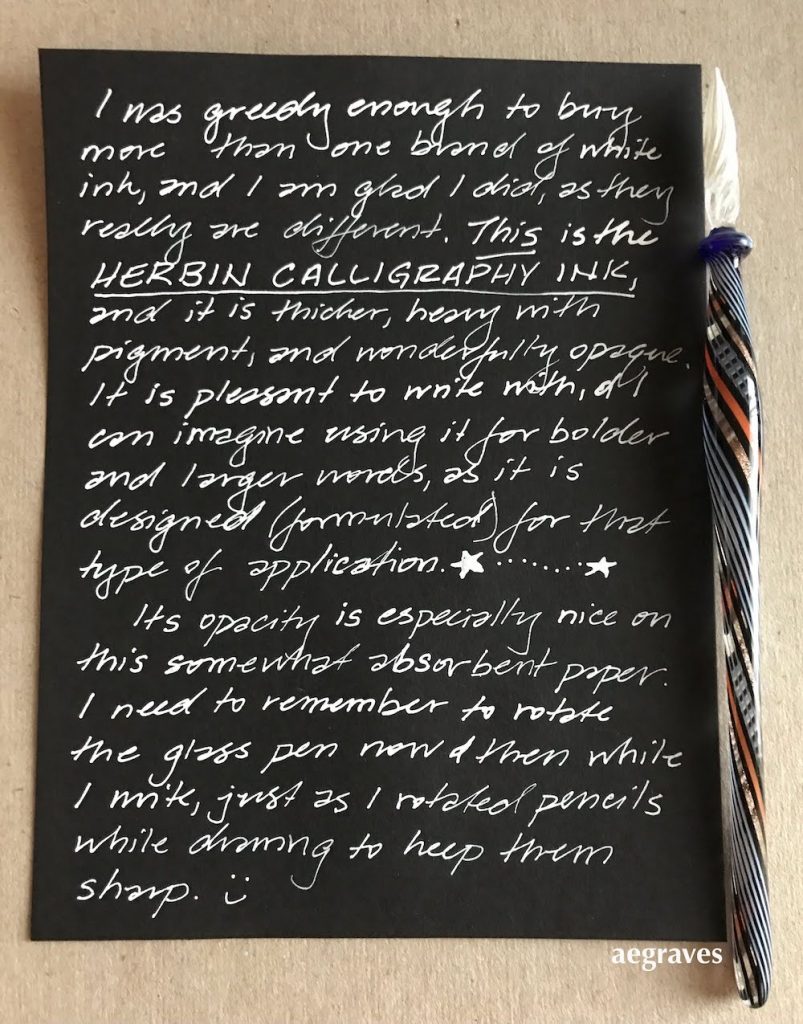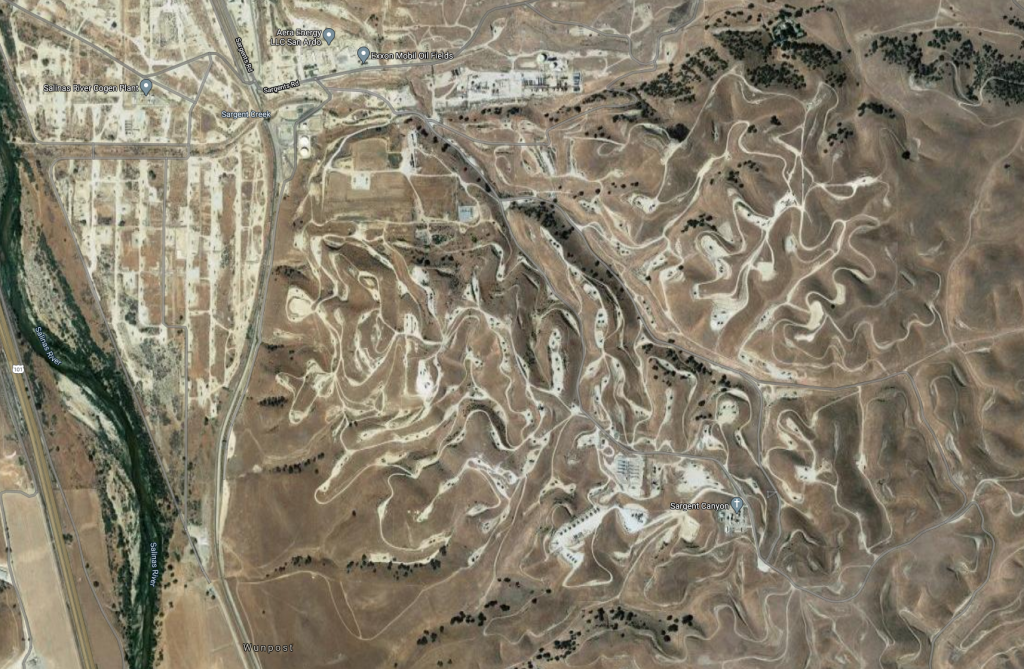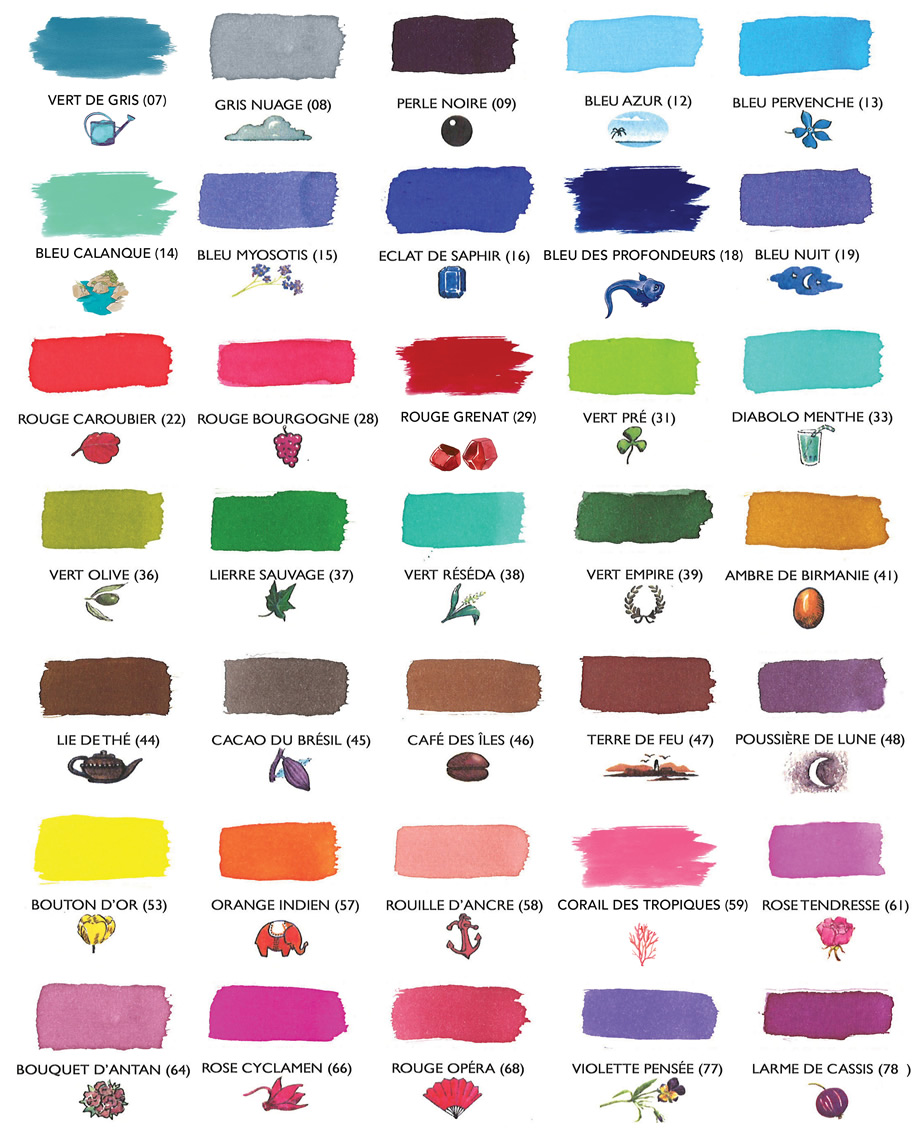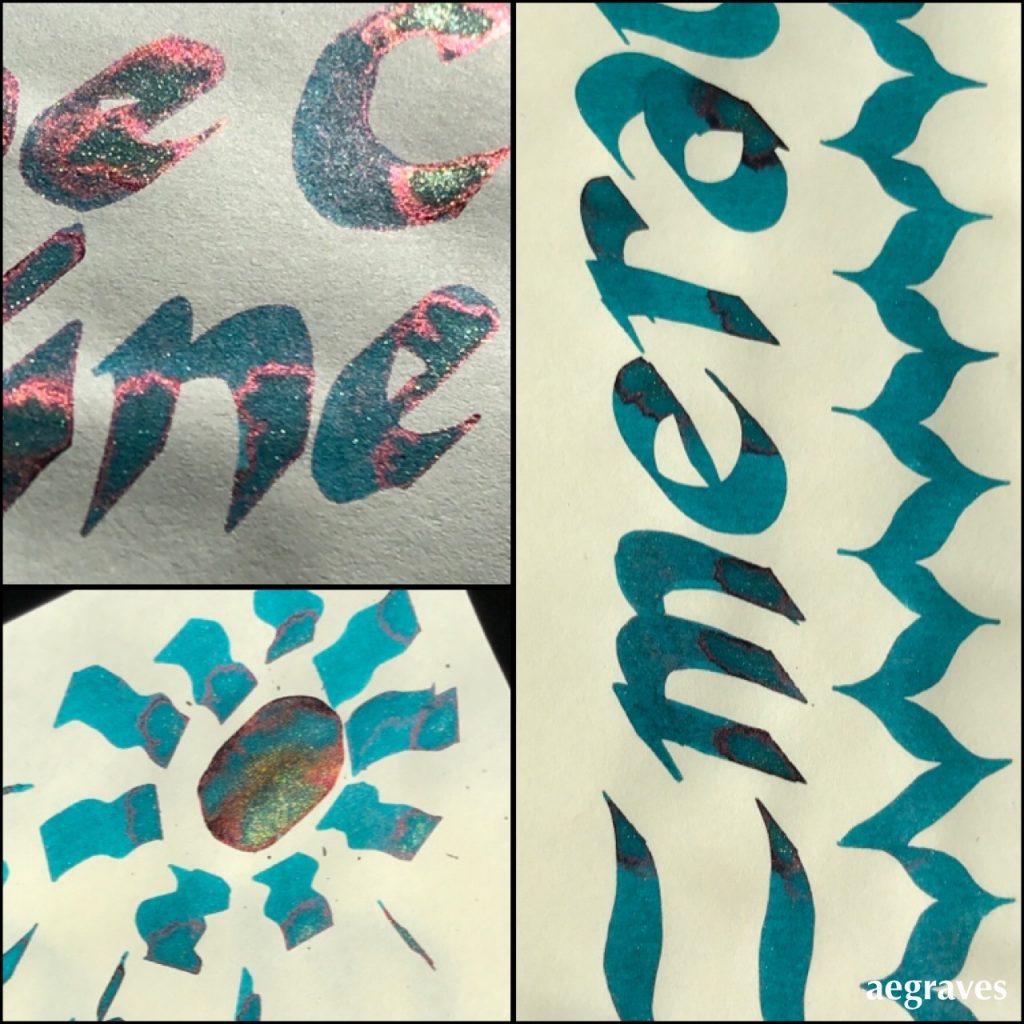
I enjoy the solstice season and taking a little time off at the end of the year! Every plan I would ordinarily make with friends and family this week is unsafe and/or not possible, and so I’m ‘making do.’ Rather than hosting feasts, treating myself to spa- or museum- days, or dining with friends in a favorite vegan restaurant, I am: contemplating fiction (after a non-fiction-dominated year); reading an amazing Alice Munro short story collection (which I love from the first page); talking rare walks that are long enough to make me ache; experimenting with another spicy peanut sauce recipe; adjusting my news consumption; re-evaluating my exercise habits; enjoying a lovely channa/palak/fresh tomato dish with fire in it; adjusting my hair color intensity; waiting for my first sweet potato pie to cool off; prioritizing my creative projects; rationalizing my sudden obsession Rumiko Takahashi’s story, InuYasha; meditating slightly more often; and wishing that so many things were different.
The weight of the year is catching up with me, and while I’ve ‘talked a good game’ to encourage others, I’m really FEELING it now.
~~~
I have a heavy-texting friend who hasn’t replied to texts all week. I’m certain it means she has boarded a plane and is socializing in some COVID-hotspot OTHER THAN the one she lives in. I’m not going to ask about it. Or comment if she tells me.
My list of first and second-degree acquaintances with COVID has been growing slowly, but not slowly enough!
There are four people I know personally who have had it. (1 in the US, 3 in Sweden), and eight second-degree “friends-of-friends” (6 US, 2 Netherlands), but from the third-degree outward the numbers get crazy.
For example: one of the second-degree contacts took on a mask-free pandemic remodeling project at her house, and after interacting in close quarters indoors repeatedly, many of those who worked on it got COVID – the architect, the general contractor, some of his team, and several of the subcontractors, in addition to my second-degree relation. And I don’t know how many people THEY infected subsequently. I don’t even want to think about it.
~~~
I was chatting yesterday with a friend who recovered from COVID, and we agreed that it’s difficult to be comfortable outside of home with the current conditions. We can’t trust others to keep us safe: some people we know take risks we find absurd, and the news has already shown us that some people with COVID symptoms and even positive tests lie about their condition in order to travel, exposing others. I’m trying to warm up to the idea of being indoors with other masked people, behaving semi-normally, but that isn’t an option on offer now, and will still require trust. (I wasn’t ready for the unmasked outdoor dining across households, and seeing that in action didn’t help! They were SO CLOSE! Yikes!)
If we were living in a more developed country, where both small businesses and individuals were being subsidized during this crisis, it wouldn’t be so painful, as we’d know that we were all moving toward the same goals with basic security in place. If only.
~~~
I’m wishing you safety and health as we wind up this difficult year. As I work up the energy, I’ll wish you (and all other living beings) even more good things!

